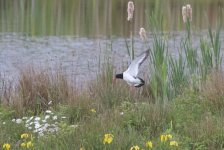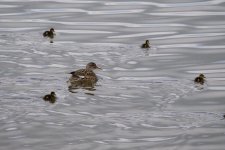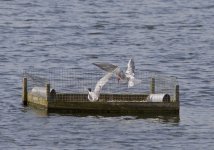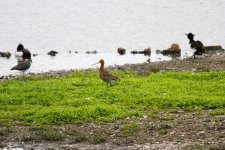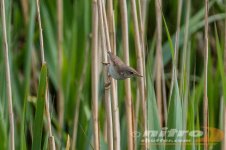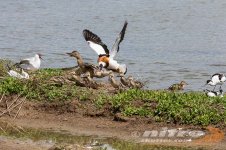Phil Andrews
It's only Rock and Roller but I like it

The honeypot is even sweeter and stickier!
"Early Riser" Wakeman reports a Gadwall with a brood of 8 ducklings from the East Hide at the Moors Pool :t::t:
"Early Riser" Wakeman reports a Gadwall with a brood of 8 ducklings from the East Hide at the Moors Pool :t::t:





